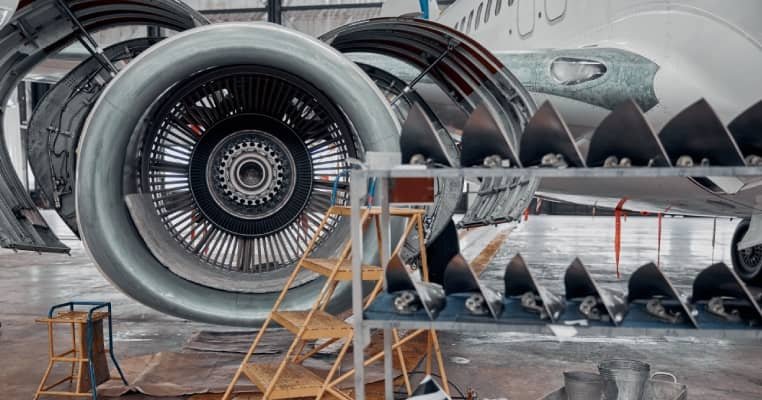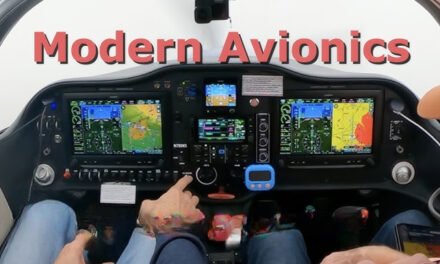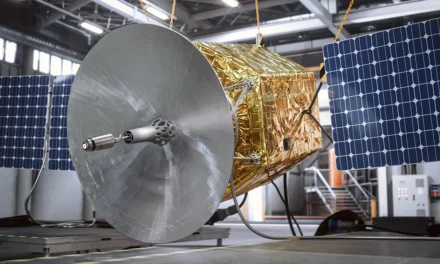The maintenance and repair of aerospace equipment and components present unique challenges due to the complex, high-performance nature of these systems and the demanding environments in which they operate. Here are the key challenges:
1. High Safety and Reliability Standards
- Challenge: Aerospace equipment must meet stringent safety standards, leaving no room for errors in maintenance or repairs.
- Impact: Requires extensive documentation, precise tools, and highly trained personnel to ensure compliance with regulatory standards like those from the FAA, EASA, or ICAO.
2. Advanced Materials and Technologies
- Challenge: Modern aerospace components use advanced materials (e.g., composites, titanium alloys) and technologies (e.g., fly-by-wire systems, additive manufacturing) that require specialized repair techniques.
- Impact: Maintenance crews need ongoing training and access to specialized equipment to handle repairs.
3. Environmental and Operational Stress
- Challenge: Aircraft and spacecraft are exposed to extreme conditions, including high temperatures, pressures, and radiation, which can cause material degradation and wear.
- Impact: Inspections must detect subtle damage, such as microcracks or corrosion, that could compromise safety over time.
4. Accessibility of Components
- Challenge: Critical components are often located in hard-to-reach areas of the aircraft or spacecraft, complicating inspection and repair efforts.
- Impact: Increases the time and cost of maintenance procedures and may require partial disassembly of systems.
5. Minimizing Downtime
- Challenge: Aerospace equipment, especially commercial aircraft, must minimize downtime to maintain profitability and operational schedules.
- Impact: Repairs and inspections must be completed quickly without compromising quality, often requiring 24/7 operations.
6. Complex Diagnostics
- Challenge: Identifying faults in sophisticated systems like avionics, engines, or integrated sensors can be challenging due to interdependencies between components.
- Impact: Advanced diagnostic tools, such as AI-powered systems, are often needed for accurate troubleshooting.
7. Aging Fleet Maintenance
- Challenge: Many aircraft and spacecraft remain operational well beyond their expected lifespan, requiring frequent inspections and replacement of obsolete parts.
- Impact: Parts for older models may be difficult to source, requiring custom manufacturing or retrofitting.
8. Regulatory Compliance
- Challenge: Maintenance activities must comply with a multitude of national and international regulations, each requiring detailed reporting and record-keeping.
- Impact: Non-compliance can lead to significant fines, grounding of aircraft, or loss of certification.
9. Cost of Spare Parts and Equipment
- Challenge: Aerospace components and spare parts are expensive due to their high precision and material requirements.
- Impact: Inventory management must balance cost efficiency with availability to avoid delays in repairs.
10. Skilled Workforce Shortage
- Challenge: The demand for highly skilled aerospace technicians and engineers often exceeds supply.
- Impact: Workforce shortages can lead to longer repair times and increased operational costs.
11. Corrosion and Wear
- Challenge: Aircraft are frequently exposed to moisture, salt, and other corrosive elements, especially in maritime or tropical environments.
- Impact: Regular inspections and corrosion control measures are critical but labor-intensive.
12. Technology Integration
- Challenge: Modern aircraft feature increasingly integrated systems, such as avionics suites and propulsion units, making repairs more complex.
- Impact: Faults in one system may cascade, requiring thorough testing and recalibration of interconnected components.
13. Data Management
- Challenge: Large volumes of data from maintenance logs, sensor readings, and operational reports must be managed and analyzed for effective maintenance.
- Impact: Poor data management can lead to missed faults or inefficient maintenance planning.
Solutions and Innovations
- Predictive Maintenance:
- Use of AI and IoT to monitor equipment health and predict failures before they occur.
- Additive Manufacturing (3D Printing):
- Enables on-demand production of spare parts, reducing inventory costs and lead times.
- Advanced Inspection Techniques:
- Non-destructive testing (NDT) methods like ultrasonic testing, X-ray imaging, and thermography improve fault detection.
- Robotics and Automation:
- Drones and robots assist in inspections of hard-to-reach areas, speeding up processes and improving safety.
- Digital Twins:
- Virtual models of aircraft or components help simulate wear and optimize maintenance schedules.
Conclusion
The maintenance and repair of aerospace equipment involve addressing challenges related to safety, technology, environment, and cost. Innovations such as predictive maintenance, advanced materials, and automated tools are helping to overcome these obstacles, ensuring efficient, safe, and reliable aerospace operations.
Hashtags
#AerospaceMaintenance #AircraftRepair #MaintenanceChallenges #AerospaceMRO #EquipmentUpkeep #AdvancedDiagnostics #TechIntegrationChallenges #DigitalMaintenanceTech #CostEffectiveMaintenance #ResourceOptimization #SkilledLaborChallenges #SupplyChainIssuesInMRO #RegulatoryMaintenance #DowntimeChallenges #EcoFriendlyMaintenance #FutureOfAerospaceMRO













